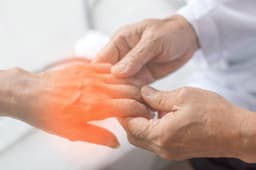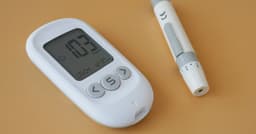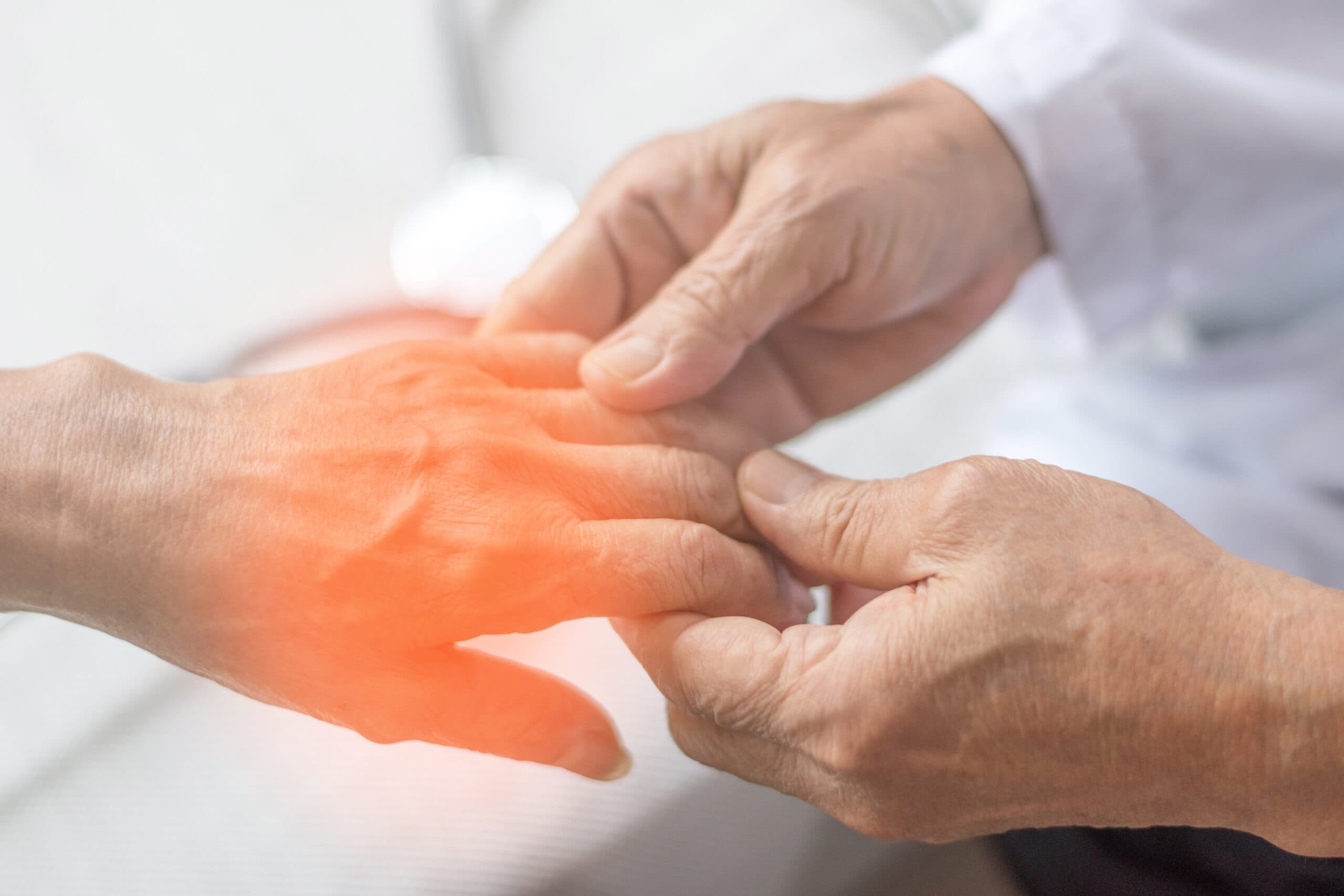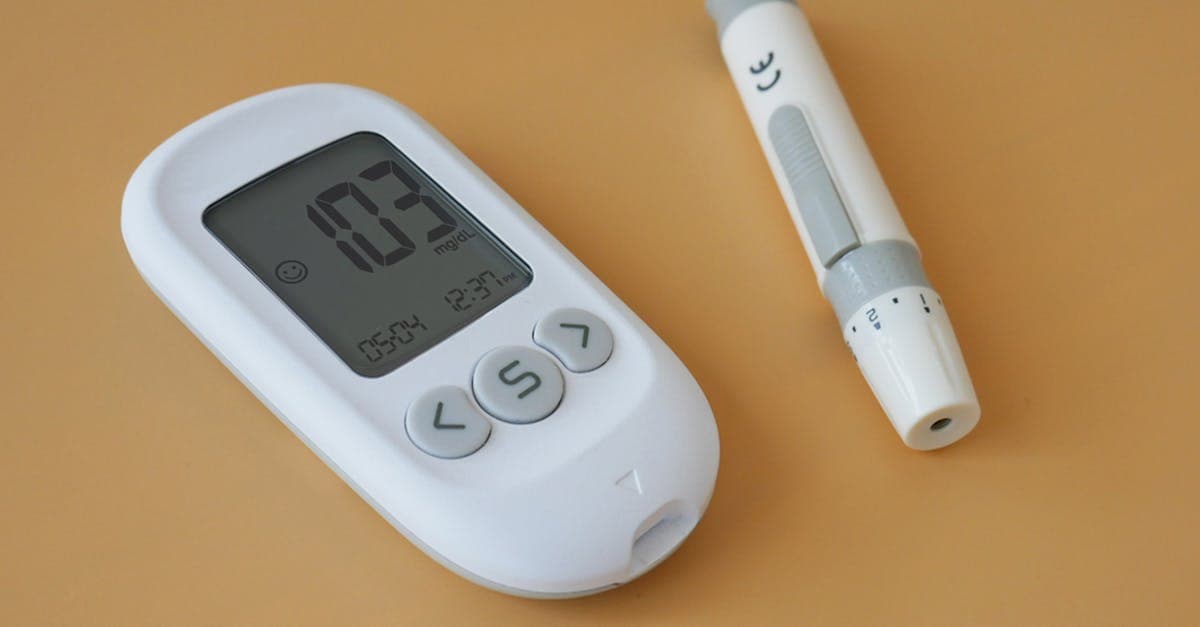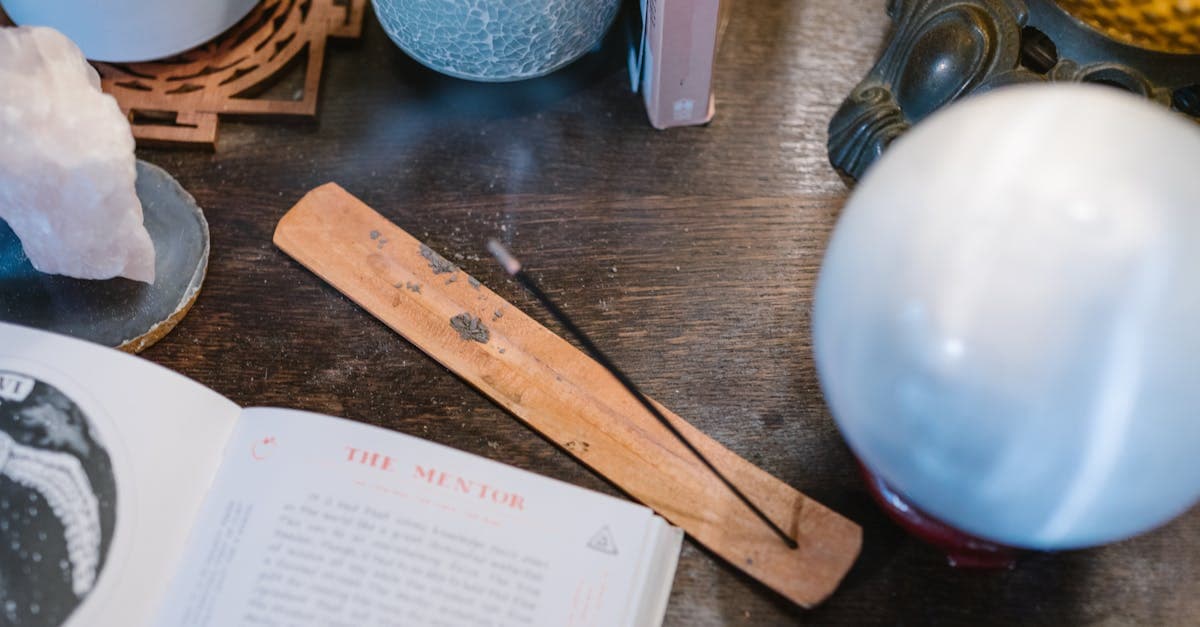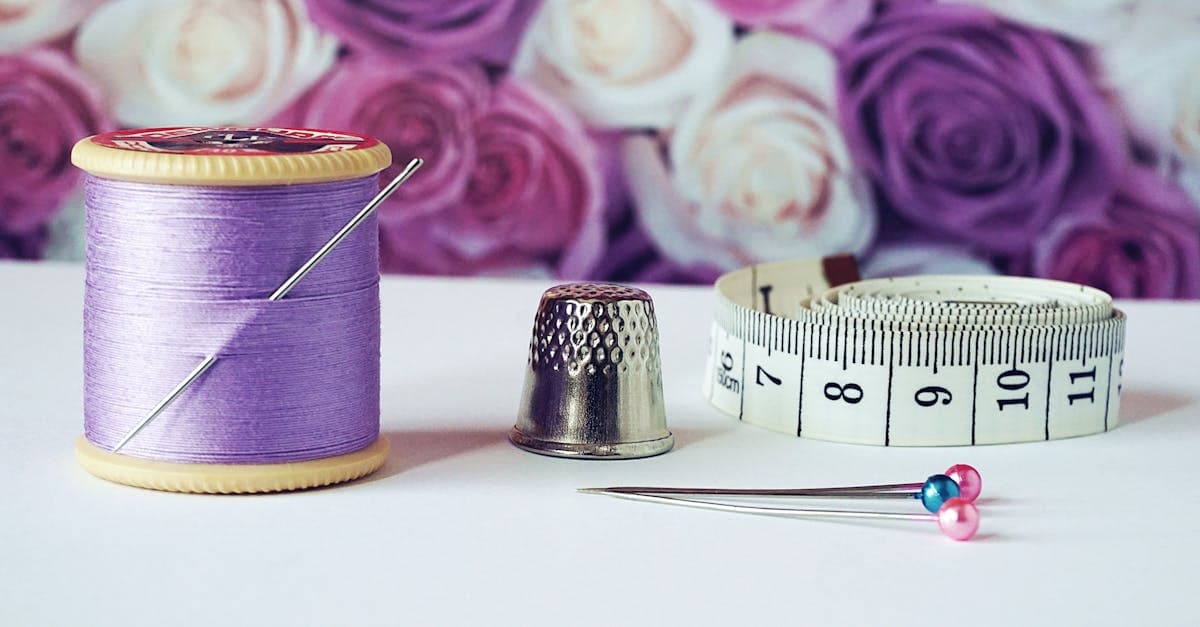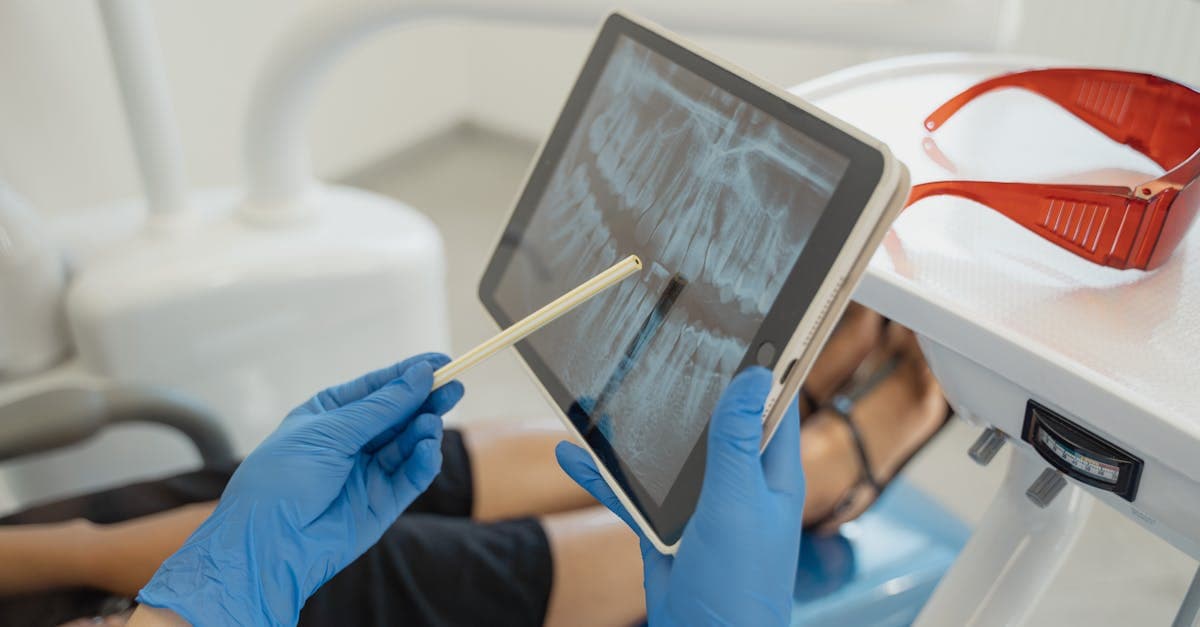Published on:
5 min read
Sclerotherapy: A Comprehensive Guide to Vein Treatment Solutions
Sclerotherapy is a popular, minimally invasive treatment for varicose and spider veins. This comprehensive guide will provide you with insights into the procedure, its benefits, and what you can expect during and after treatment.
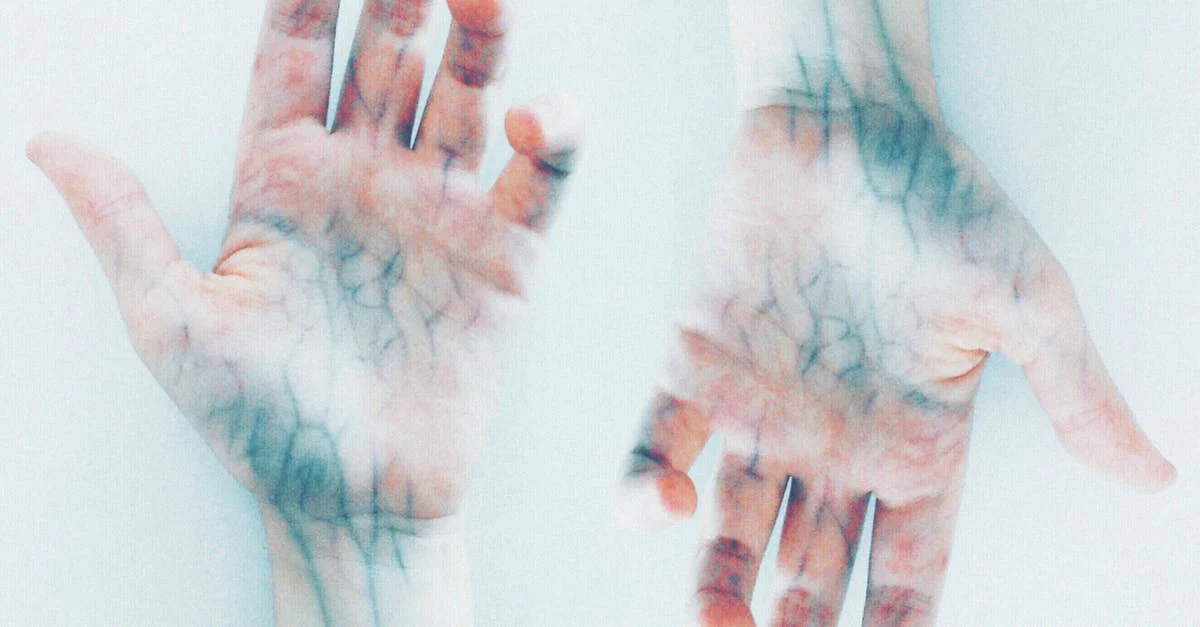
What is Sclerotherapy?
Sclerotherapy is a medical procedure used to treat spider veins and small varicose veins. During the treatment, a healthcare provider injects a solution directly into the affected veins. This solution irritates the lining of the blood vessels, causing them to collapse and fade from view over time. Sclerotherapy is not only effective—typically requiring only a single session for noticeable improvement—but also remarkably quick, usually performed in an outpatient setting. Patients can often resume their daily activities immediately after the treatment. While the procedure has been around for decades, advancements in techniques have made it safer and more efficient, benefiting countless individuals looking to regain confidence in their skin.
Benefits of Sclerotherapy
One of the most significant benefits of sclerotherapy is its minimally invasive nature. Unlike surgical options, sclerotherapy doesn’t require incisions, meaning less pain, swelling, and scarring for patients. Additionally, the treatment provides visible results relatively quickly, with many patients noting marked improvement within a few weeks. Beyond aesthetics, sclerotherapy can alleviate symptoms associated with varicose veins, such as aching, swelling, and heaviness in the legs. Another advantage is its affordability compared to more invasive surgical procedures. Many insurance plans may even cover sclerotherapy when deemed medically necessary, making it a viable option for those seeking relief from problematic veins.
What to Expect During and After Treatment
The sclerotherapy procedure typically lasts between 30 to 45 minutes, depending on the number of veins treated. Before the procedure, your doctor will evaluate your veins and may take photographs for records. During the treatment, a fine needle is used to inject the sclerosant, which may cause mild discomfort akin to a pinprick. Post-treatment, patients might experience some swelling or bruising at the injection sites, but this usually subsides within a few days. It is important to follow aftercare instructions—which may include wearing compression stockings for a period—to ensure optimal results. Most patients can return to their normal activities almost immediately, but exercises and hot baths should be avoided for a short time to allow for proper healing.
Conclusion
Sclerotherapy is an effective and convenient treatment option for those struggling with unsightly varicose and spider veins. With its minimal invasiveness, quick recovery time, and significant aesthetic benefits, it is an excellent choice for many individuals. Before opting for treatment, it's essential to consult with a qualified healthcare professional to determine if sclerotherapy is right for you. Your journey to smoother, healthier-looking legs is just a step away.
Published on .
Share now!

